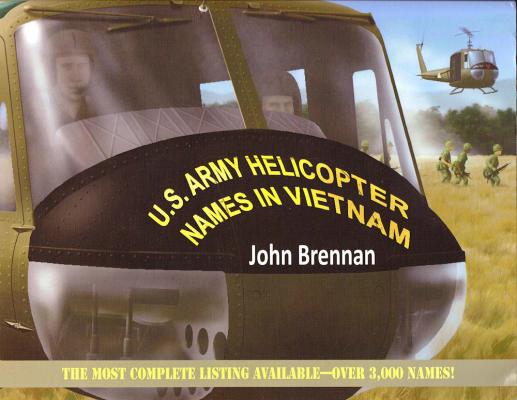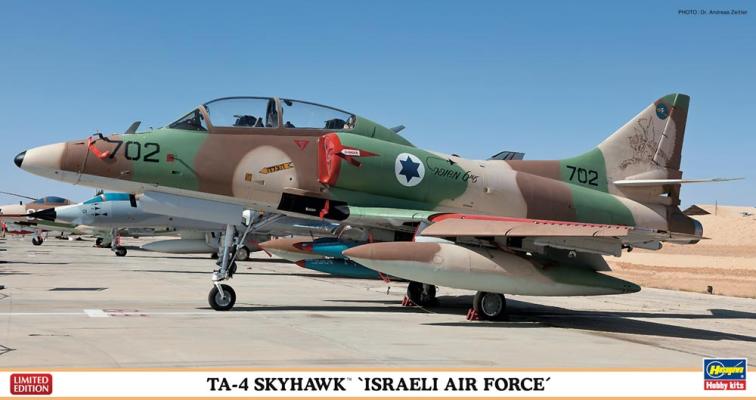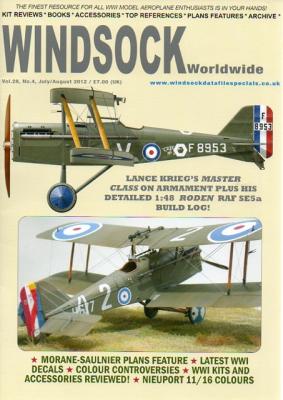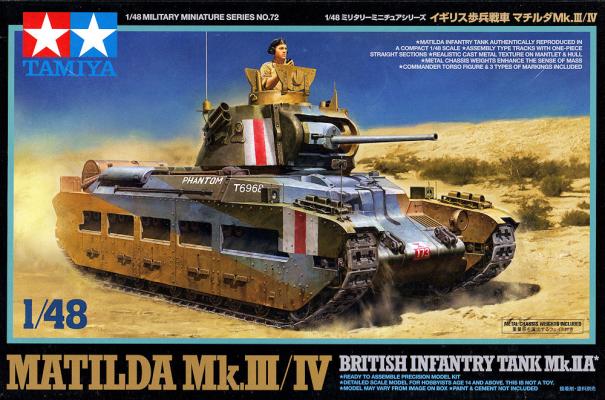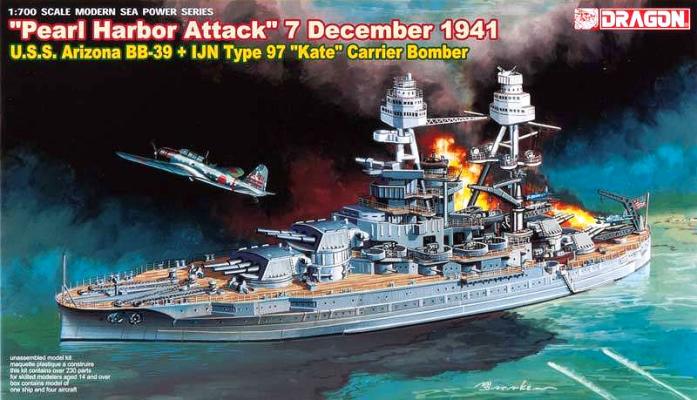The most visited site in Washington DC continues to be the Vietnam Wall, listing the almost 59,000 young American men and women who died as a result of serving there. The interest in that War continues unabated for many reasons. For modelers, the many aircraft, military vehicles and ships that served offer many interesting subjects to model. The abundance of excellent 35mm cameras and color film made that war’s camouflage and markings the best documented to that time. The predominance of helicopters earned it the moniker “The Helicopter War,” and indeed, it revolutionized warfare.
Welcome to the IPMS/USA Reviews site!
Introduction: The primary organization of the IPMS/USA Review website is by IPMS/USA National Contest Class. Within each Class there are sub-menus by kits, decals, books, etc. The Miscellaneous Class is for items that are not class specific or that cross two or more classes.
IPMS/USA Members: We encourage you to submit reviews, both here and to the Journal. To volunteer for membership in the IPMS/USA "Reviewers Corps" and submit your own reviews, please read the Guidelines For Submitting Product Reviews.
Manufacturers, publishers, and other industry members: IPMS/USA is pleased to offer your company the opportunity for product reviews. All product reviews are performed by IPMS/USA members, and are posted in the publicly-accessible section of our website. With very few exceptions, we perform full build reviews of new kit releases, aftermarket products, and supplies. If you would care to provide product samples for review, please contact John Noack, IPMS/USA 1st VP.
To learn more about IPMS/USA, please see our About Us page.
What's in the Box
The box, with a very nice photograph of one of the featured aircraft in pristine condition on the top, is crammed full of plastic and is a typical example of Hasegawa's practice of getting the most out of their molds. There are two sprues specifically identified for the TA-4, one labeled "A-4M,” with the remainder of the plastic sprues being labeled "A-4." There is an additional sprue of a material, identified as "UR," that has a tail pipe extension and blade antennas specifically for an Israeli TA-4. The kit instructions recommend CA glue for these parts, so they're probably not plastic, yet they come on a sprue and feel and cut softer than resin or plastic. For purposes of this review, right or wrong, I'll call them urethane. Since there are parts for different A-4 versions, there will be parts left over.
The July/August 2012 issue of WINDSOCK Worldwide continues to demonstrate why the periodical can be relied upon to deliver accurate reference material for model builders interested in World War I aviation. The cover features a Ronny Barr profile of SE5a F8983 of No. 85 Squadron, RAF in 1918 and a photo of Lance Krieg's 1/48 Roden RAF SE5a to hint at what’s inside. Before getting to the main articles, the issue kicks off with an extended Reader’s Gallery that features three outstanding models: a 1:4 scale AMC DH1, a 1:5 scale Bristol Boxkite and a 1/32 scale Fokker F.I. Next up is the FRONTLINE NEWS column, followed by LOGBOOK ENTRIES that presents reviews of five new WWI books/journals. Following that, Lance Krieg continues his ‘Modelling Master Class’ with Chapter Seven: Armament, Pt.
A few years ago, Tamiya released an all new 1/35th scale version of the Matilda Mk.III/IV, having produced an earlier kit of this venerable British tank back in the 1970’s. Those who build in 1/48th scale hoped that eventually Tamiya would downsize their new 35th kit and allow the modeler to have an alternative to the 35-year old Bandai 48th scale Matilda, which was selling on the collectors circuit for upwards of $100. Tamiya has kindly obliged!
History
The Arizona was a Pennsylvania-class battleship, for and by the U.S. Navy in the mid-1910’s. The ship was the second and last of the Pennsylvania class of “super dreadnoughts” battleships. The Arizona had an overall length of 608 ft., beam 97 ft, and draft of 29 ft, 3 in. The ship had four direct-drive Parsons steam turbines, each of which drove four 12 ft. 5 in. diameter propellers. The Arizona’s designed speed was 21 knots. The Arizona carried 12 .45 caliber 14 in. guns in four triple gun turrets. The Arizona took part in several exercises, escorted President Woodrow Wilson to the Paris Peace Conference, was regularly used for training exercises, assisted in the Long Beach earthquake of 1933 with disaster relief, and was featured in the Jimmy Cagney film Here Comes the Navy.











